On a recent visit to the Chevrolet and GMC websites the other day, I was somewhat surprised by the sheer number of SUVs and crossovers they have available, ten in total, including the all new Trailblazer, which I haven’t had a chance to drive yet.
I have driven the Blazer a couple of times, both with the V6 with has a stout 308 hp on offer. It’s a good engine and GM has used it well across many vehicles it offers but I was more interested in the upcoming turbocharged four, which is now a reality for the 2020 model year.
My 2020 Chevrolet Blazer 2.0T has a turbocharged 2.0-liter inline-four with 230 horsepower and 258 lb-ft of torque, and it is the mid-level offering in between the base engine, a naturally aspirated 2.5-liter inline-four with 193 hp, and the 3.6-liter V-6. All models are fitted with the smooth shifting 9-speed automatic transmission.
The Blazer has six trim levels, L, 1LT, 2LT, 3LT, RS and Premier. You must opt for the 2LT to get the 2.0 T option and the RS and Premier are only available with the V6. The standard AWD (2LT and up) is fairly conventional, with a manually selectable front-drive mode that disconnects the rear axle for better fuel economy. The upgraded system in the top RS and Premier models has the same torque-vectoring rear drive unit found in other GM products that can apportion torque side to side to each individual rear wheel.
The Blazer is quite the looker, especially when compared to the more conservative and similarly sized Equinox. It’s angular and aggressive and has those Camaro inspired front lights to finish off the look. At the rear things soften up although its wide stance makes it look a lot sportier than its rivals, giving a significant presence on the road.
On road manners
Despite having 4WD, via a selectable rotary knob in the center console, I would stick to pavement or an easy level truck trail, the Blazer is not trying to be a Subaru Outback. In the handling department the Blazer has a MacPherson strut suspension up front, a five-link independent rear suspension and wheel-and-tire packages ranging from 18-inches for base models to 21-inch options for RS and Premier models. My tester had 18-inch silver aluminum wheels with all season Continentals.
The 2.0T pulls well from a standstill with little to no turbo lag, the gas pedal does have a long travel though, so make sure to push it all the way for maximum acceleration. The transmission works well with this turbocharged unit and only on a couple of occasions was it reluctant to downshift. For the most part acceleration is brisk and available whenever you need it thanks to the generous low-down torque it offers. The electric power steering feels light and easy to use around town and offers a decent amount of responsiveness for a vehicle of this size.
On the move the Blazer does feel fairly sporty, you can blast along, hit a turn at decent speeds and the car simply obeys, it’s only at the limit that you feel the steering weight up and under steer happens. It’s fairly composed over rough pavement, feels compliant and controlled and the brakes are reassuringly good at stopping its near 4,000 lb weight.
Interior
The interior inspiration comes from the Chevrolet Camaro’s cabin, the huge vents will be familiar and turning the wheel is a nice touch to change the temperature. The Blazer’s interior packaging is very good, and controls fall easily to hand. Forward visibility is good thanks to the side quarter-windows, and the chunky D-pillars don’t impede the rear view too badly, however, the extra-high beltline does impart a slight sense of claustrophobia and because of this you can’t comfortably rest your arm on the sill.
Material quality is decent for this class, though, and all appears to be bolted together correctly, with no rattles or squeaks while I had the car. GM’s latest infotainment system, Infotainment 3, is full of connectivity features, responds quickly to inputs, and has very organized menus. The 8-inch touch screen has Apple Car Play, Android Auto, 4G LTE in-car Wi-Fi, OnStar and there are four USB ports around the interior.
The front seats are comfortable and supportive, providing and on my tester had heating for both driver and passenger. The cabin’s space is well utilized, although the roof line does impede cargo space somewhat. Legroom and headroom in the front and rear is good and the multi-adjustable rear seats slide, recline, and fold flat to create a perfectly even cargo floor.
How would I spec one?
The 3LT has almost everything I need, including the 2.0 turbocharged engine, which provides better fuel economy than the V6 (I averaged 21.5 mpg for the week versus 17 mpg in the V6) and more low-down torque. It’s also nearly as quick and in some instances feel quicker….ah the power of torque. I would option the larger 20-inch wheels since the 18’s are a tad small and don’t fill out the wheel wells enough.
The Blazer is a great car, fun to drive and offers plenty of cargo room for whatever you need. I would request that GM make the Rs available with the 2.0T engine, that would be my preference, and maybe they can up the power to with a little engine management tweaking. 300 hp and 320 lb -ft will do nicely thanks.
2020 Chevrolet Blazer 2.0T 3LT Numbers
BASE PRICE: $39,000
AS TESTED PRICE: $41,595
VEHICLE TYPE: Front-engine, front-/all-wheel-drive, 5-passenger, 4-door hatchback
ENGINE 2.0 liter turbocharged and inter-cooled DOHC 16-valve inline-4
TRANSMISSION: 9-speed automatic with manual shifting mode
POWER: 230 hp
TORQUE: 258 lb-ft
O–60 mph 6.6 secs
CARGO VOLUME: 30.5 ft³, 64.2 ft³ with seat area
CURB WEIGHT: 3,900 lb (est)
FUEL ECONOMY Combined/city/highway: 23/21/27 mpg
OUR FUEL ECONOMY: 21.5 mpg
PROS: Great ride, spacious inside, quicker than expected.
CONS:
2020 Chevrolet Blazer 2.0T Review

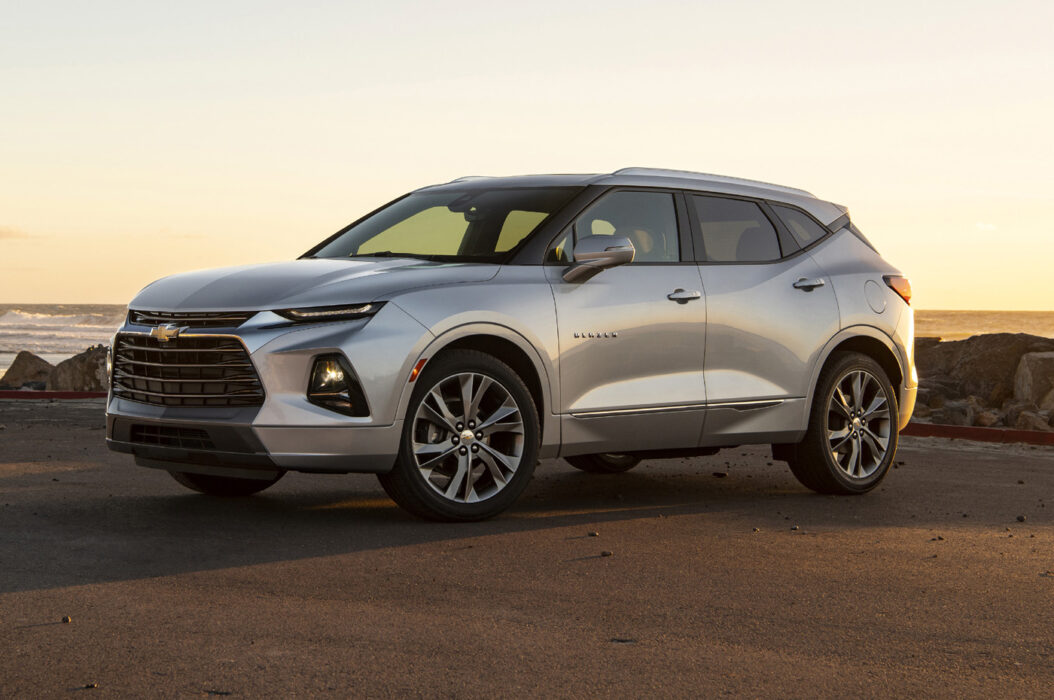
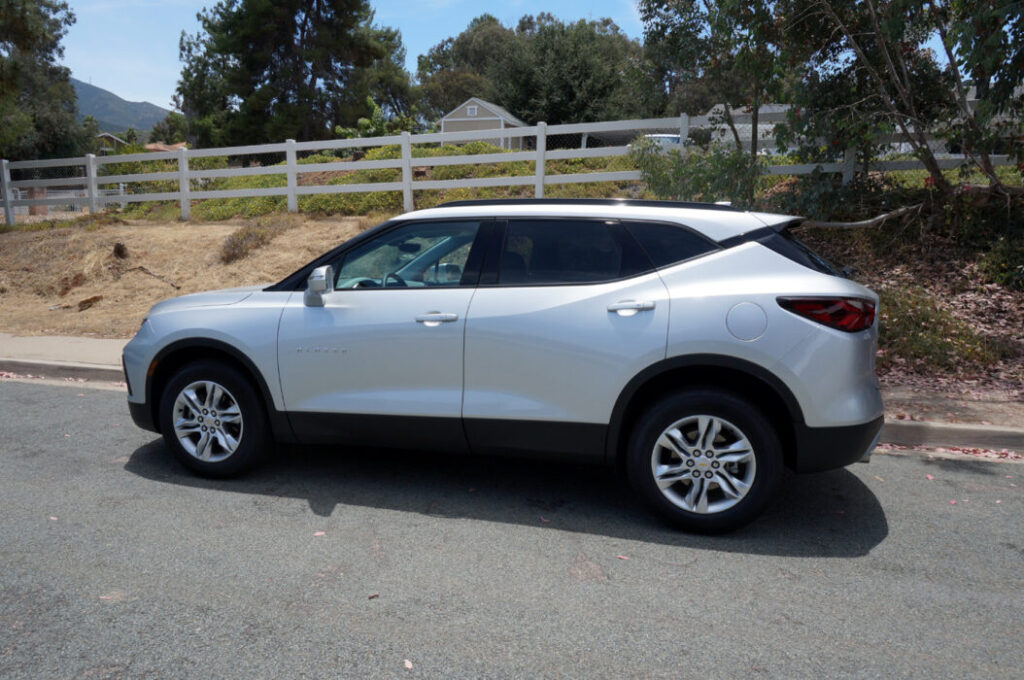
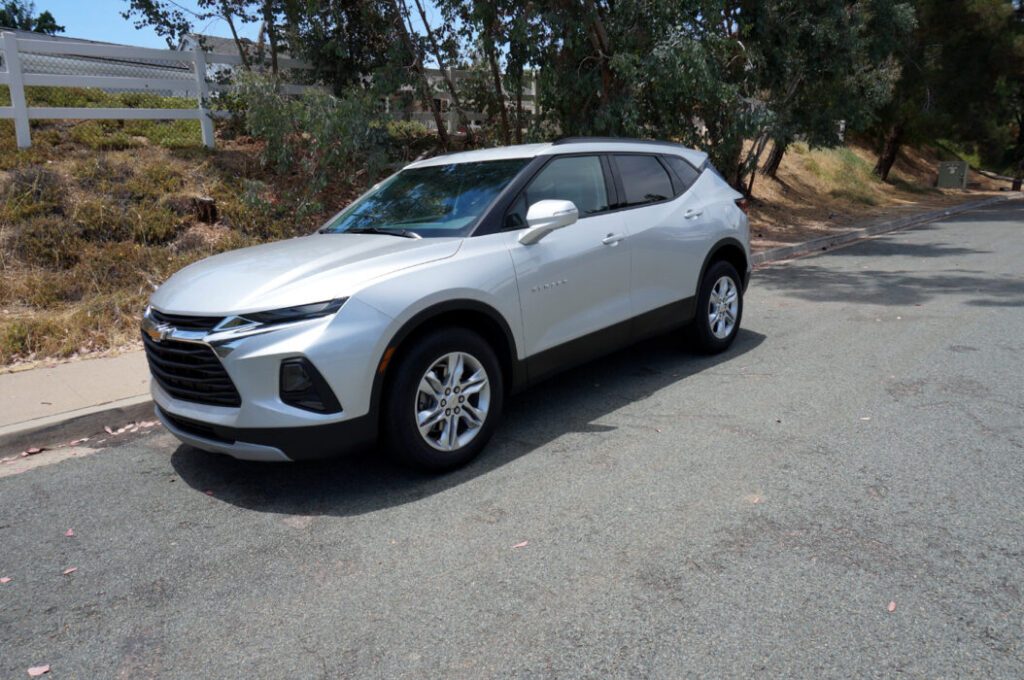
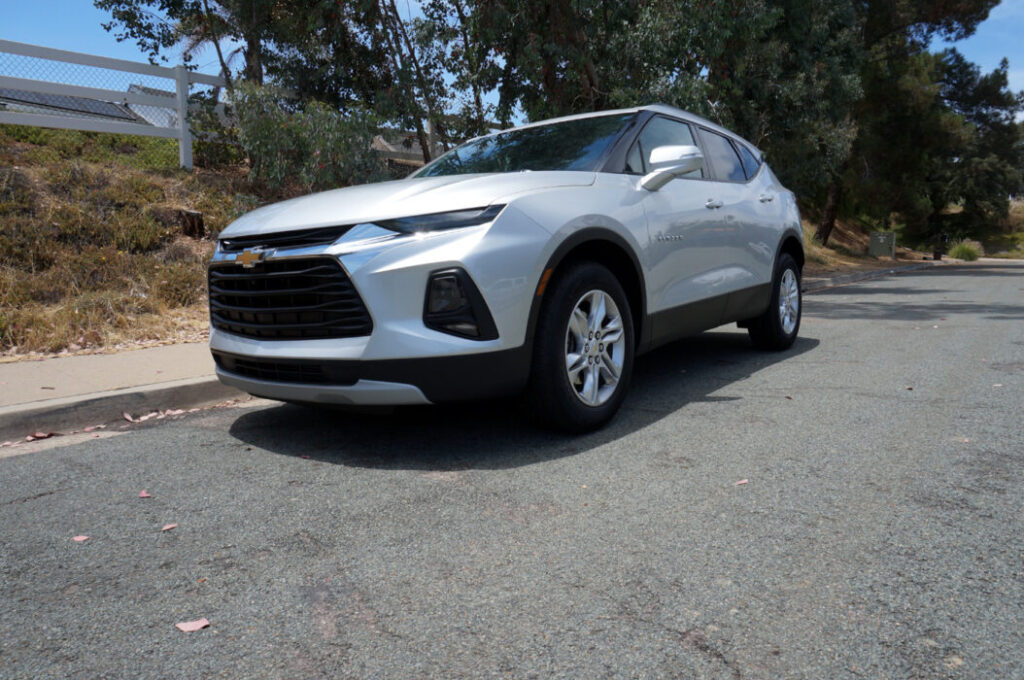
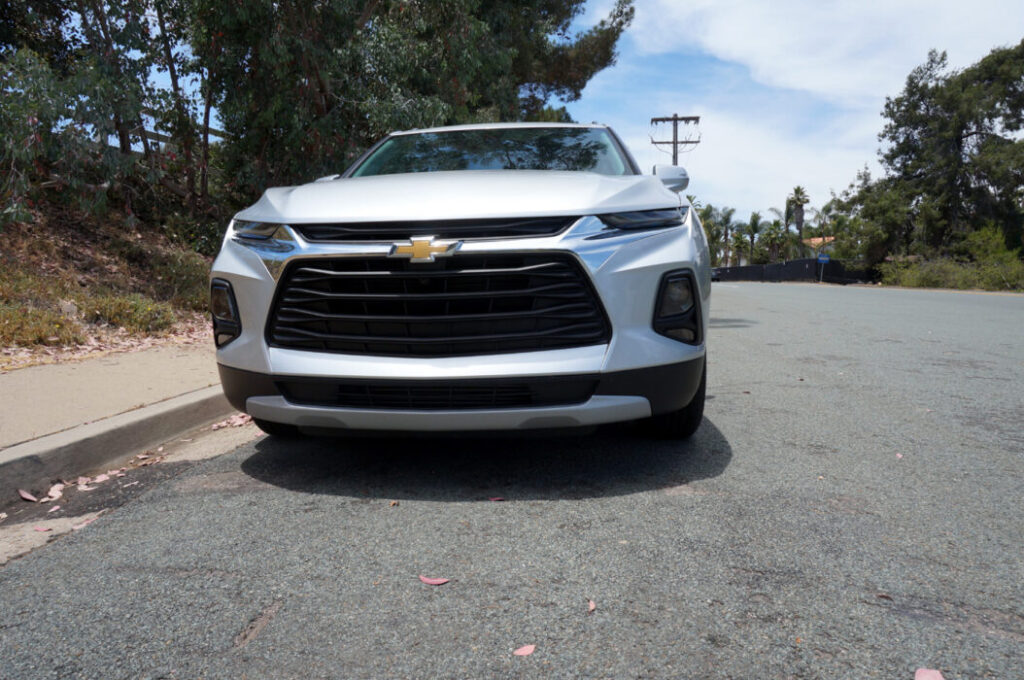
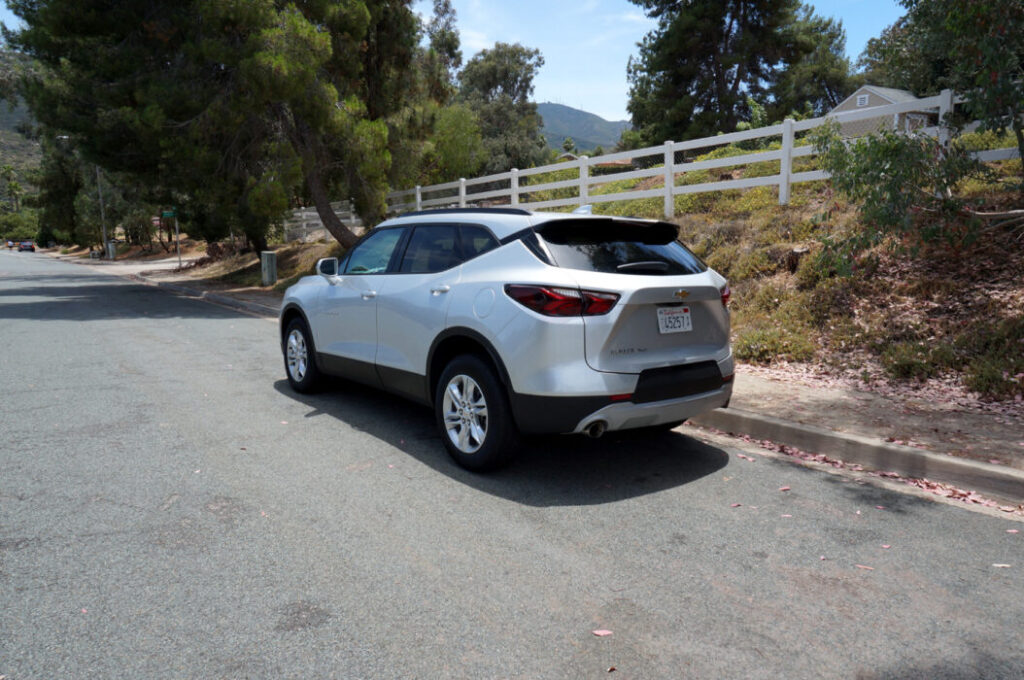
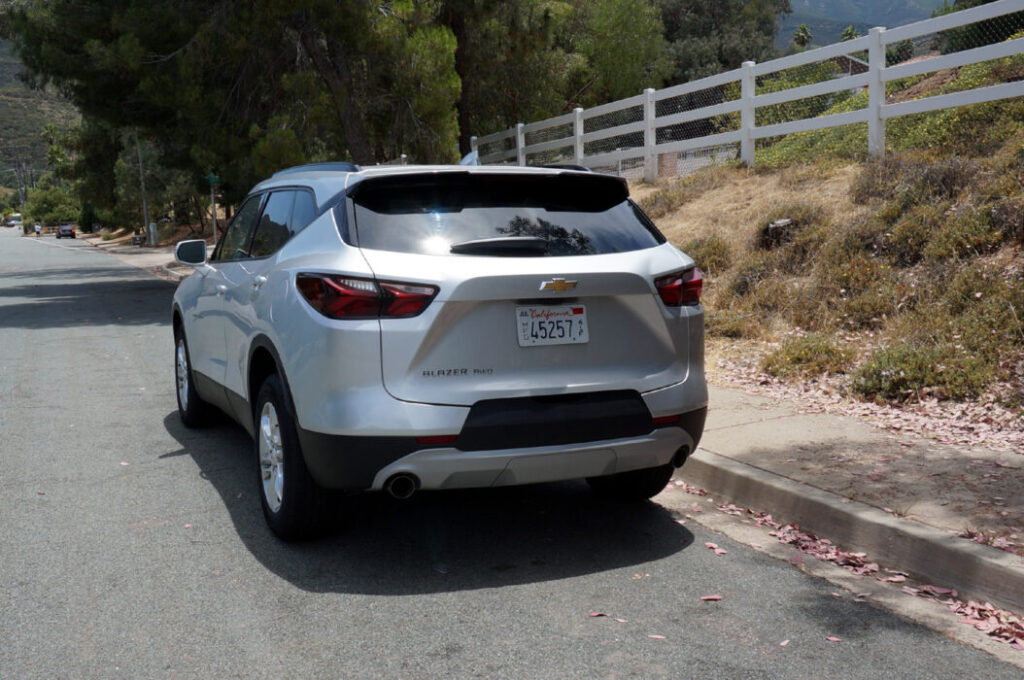
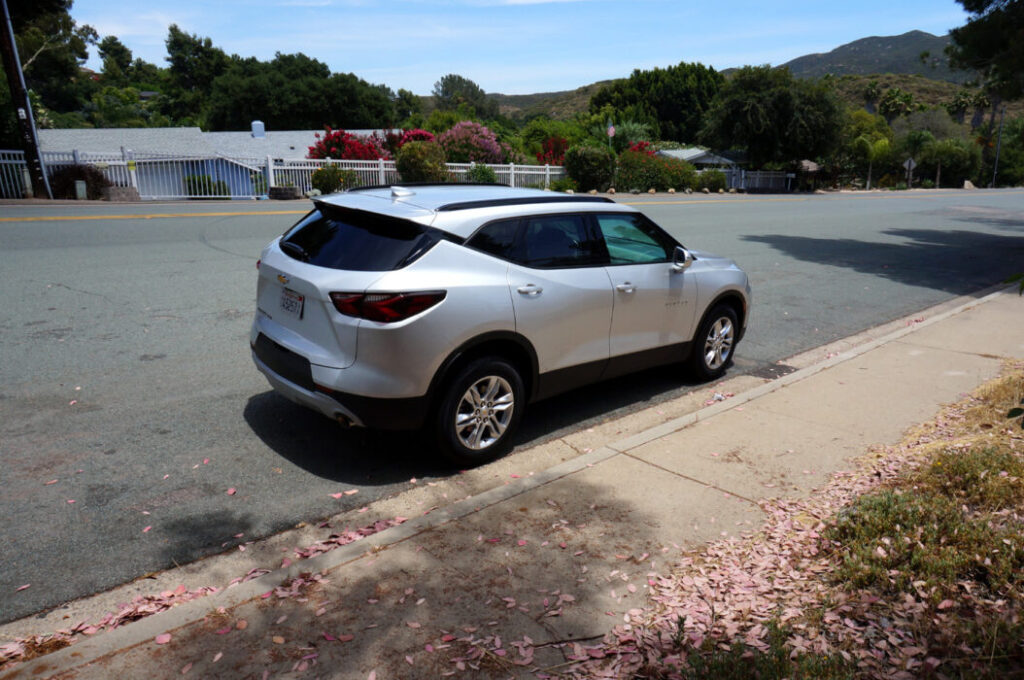
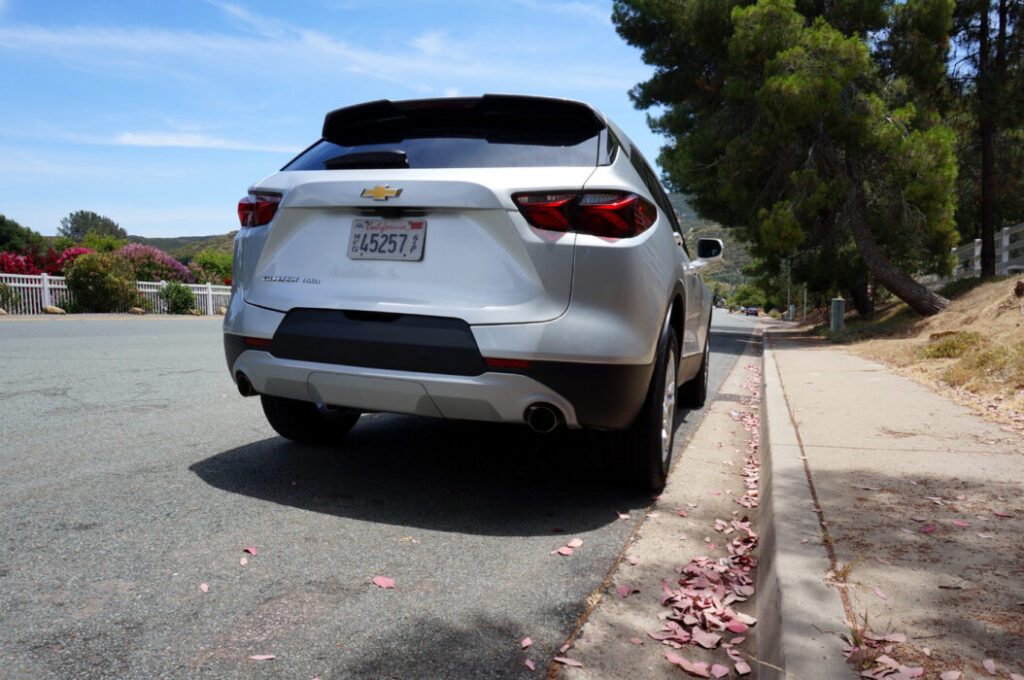
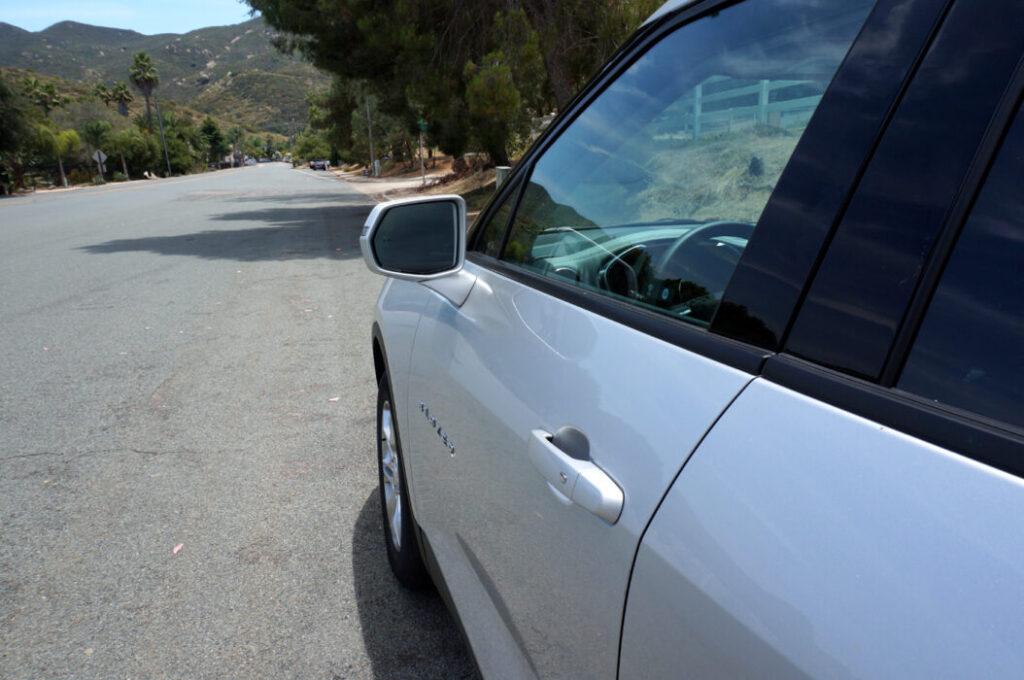
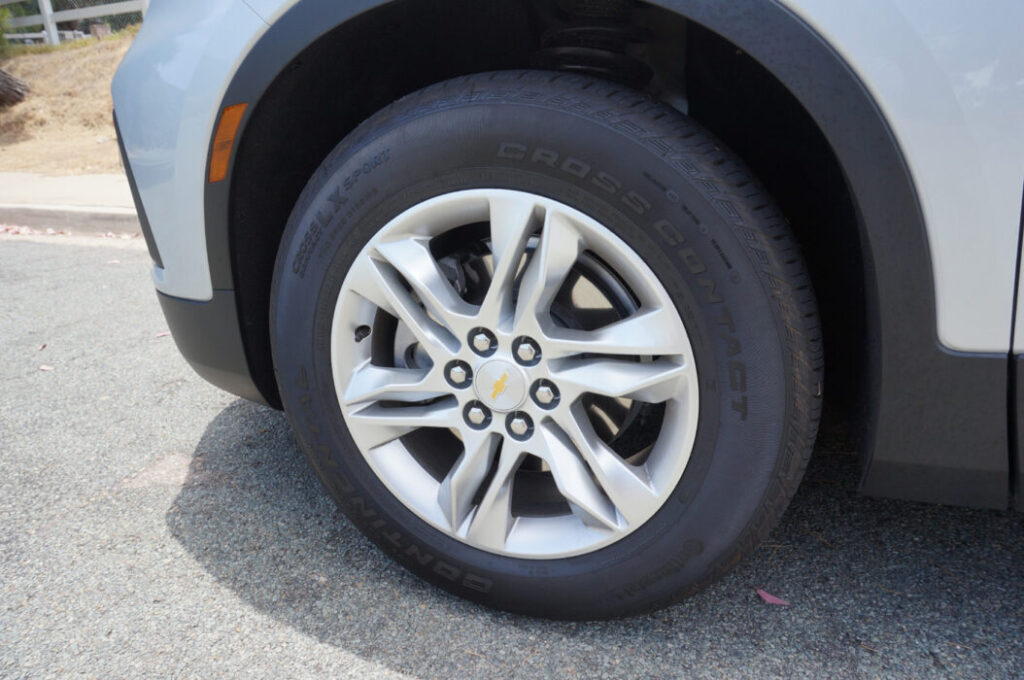
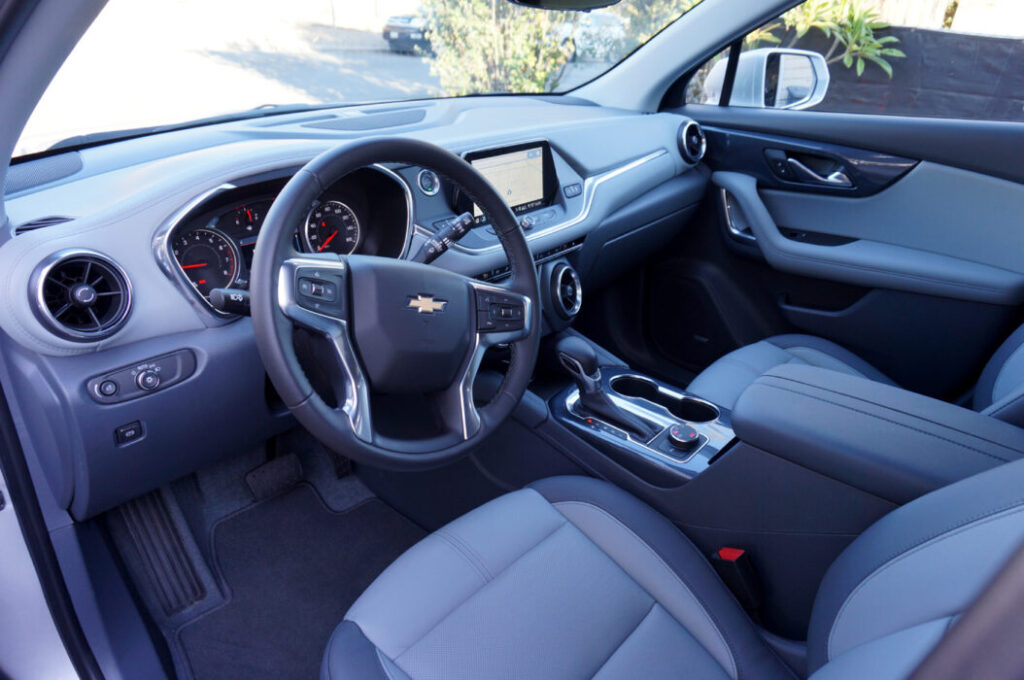
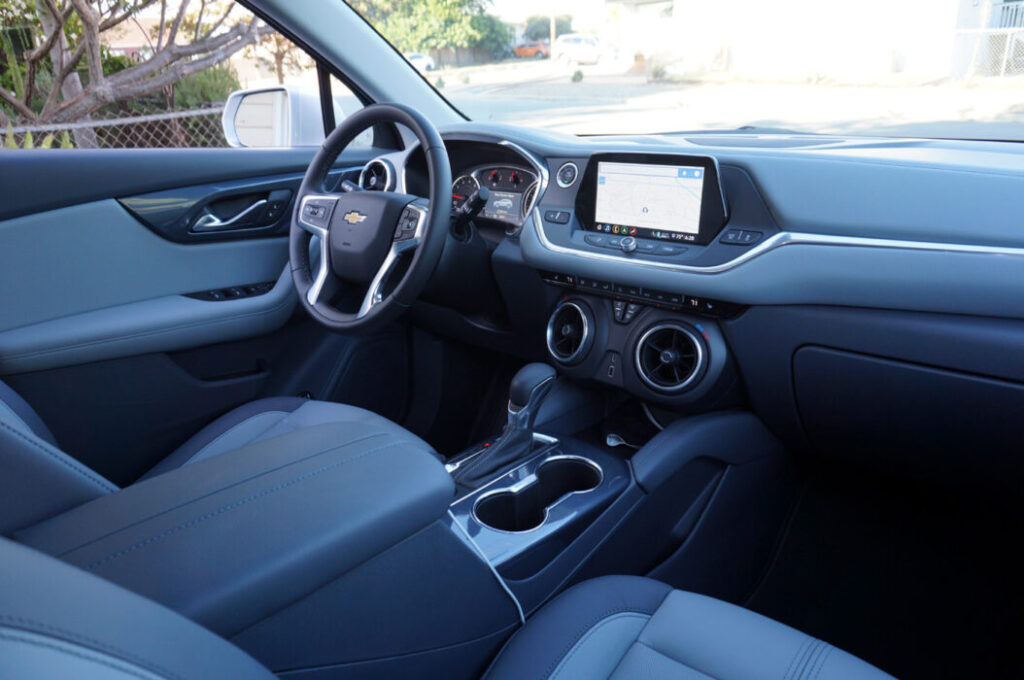
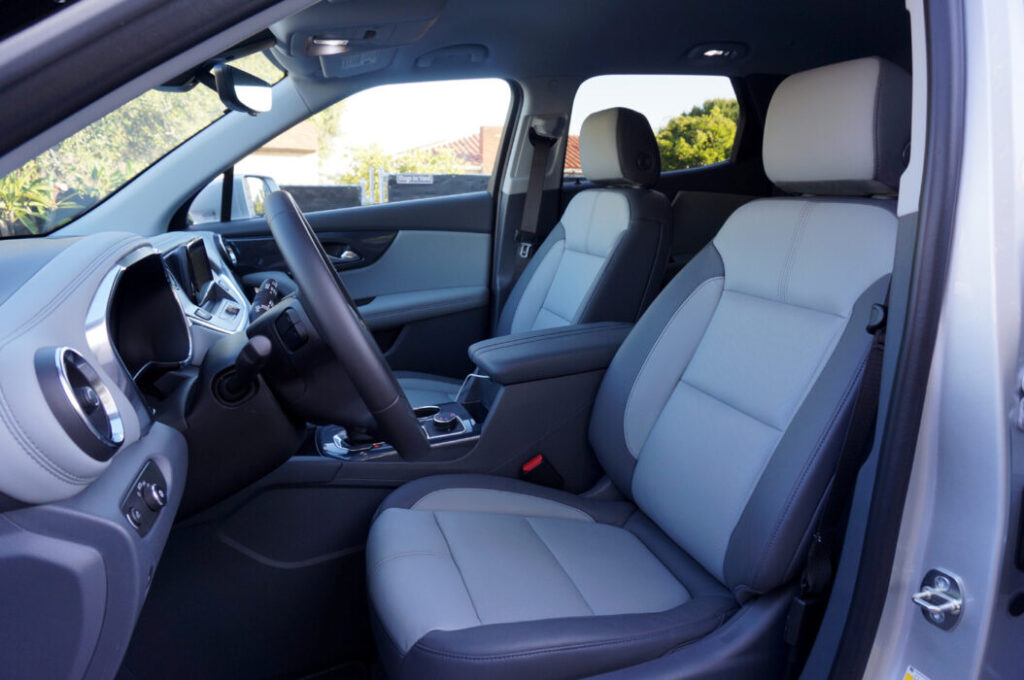
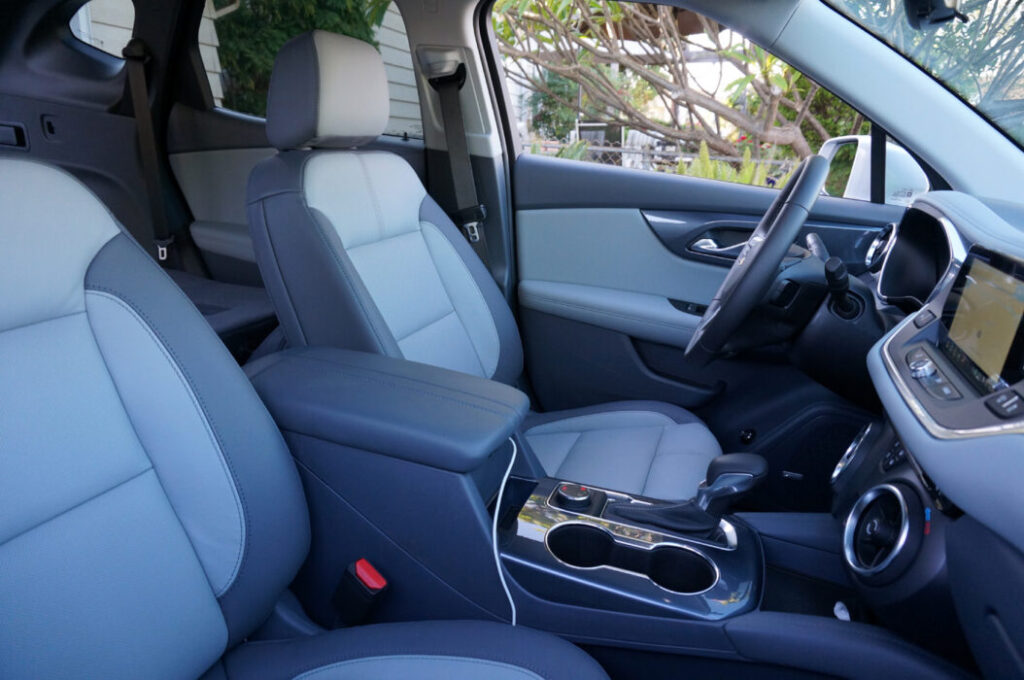
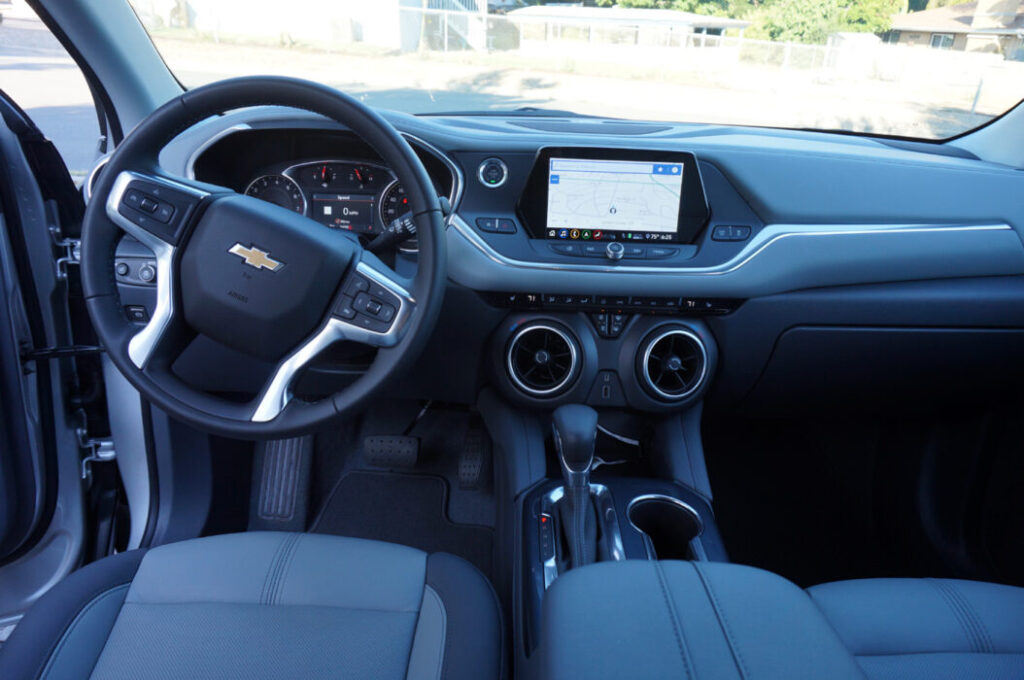
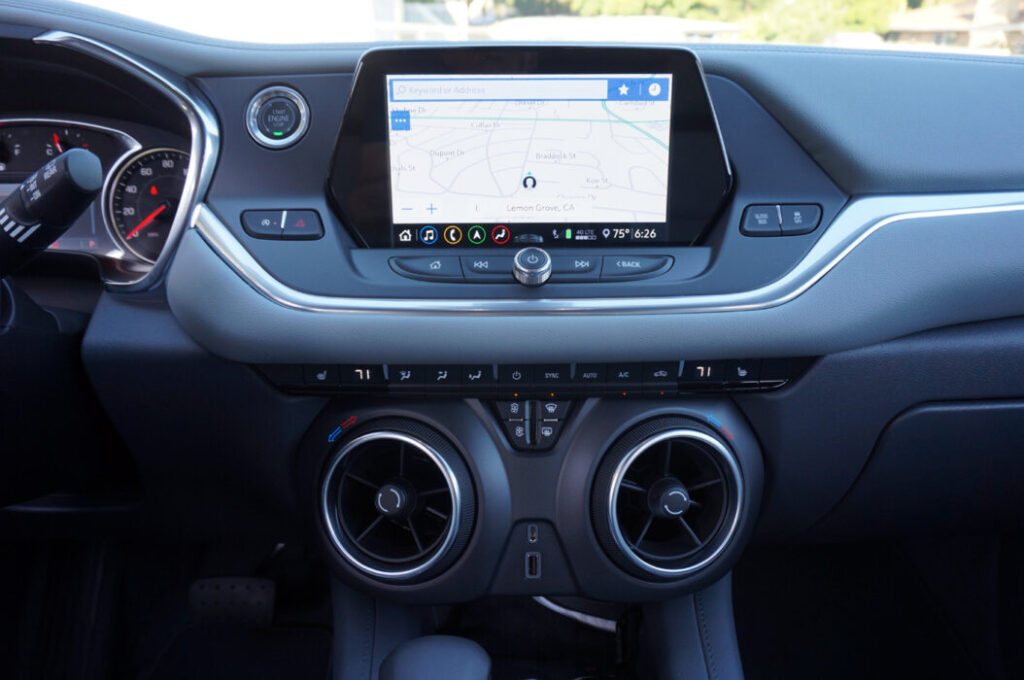
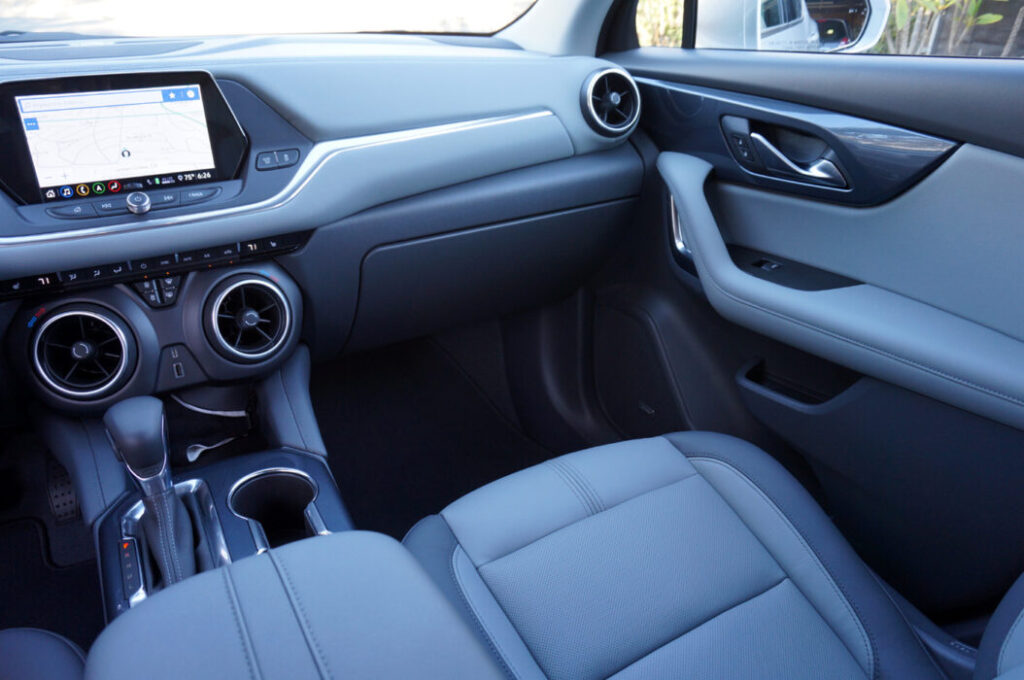
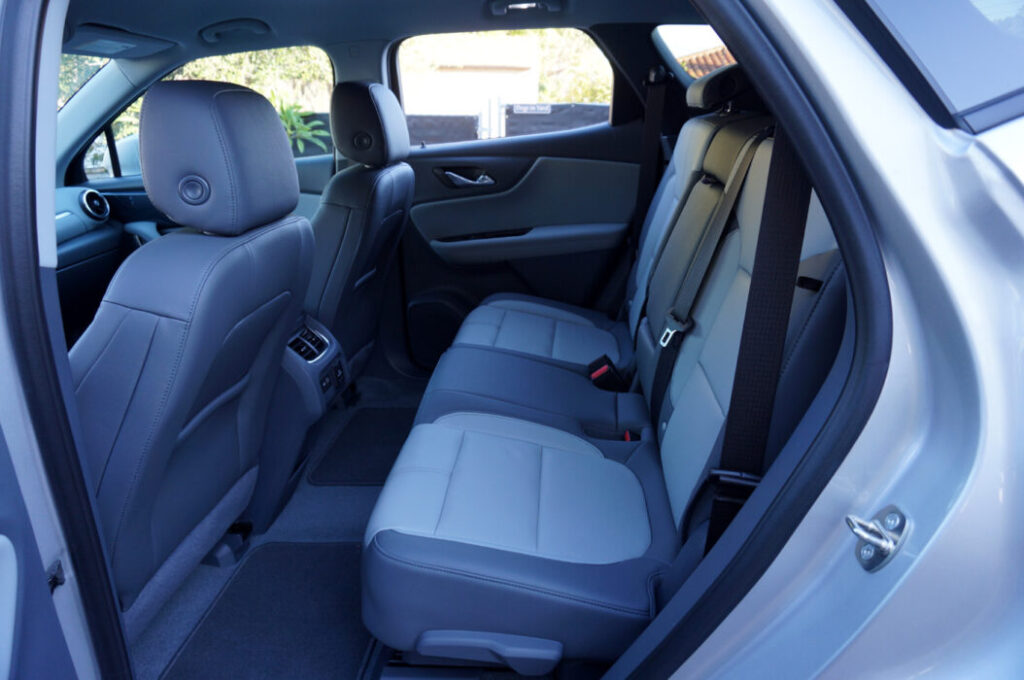
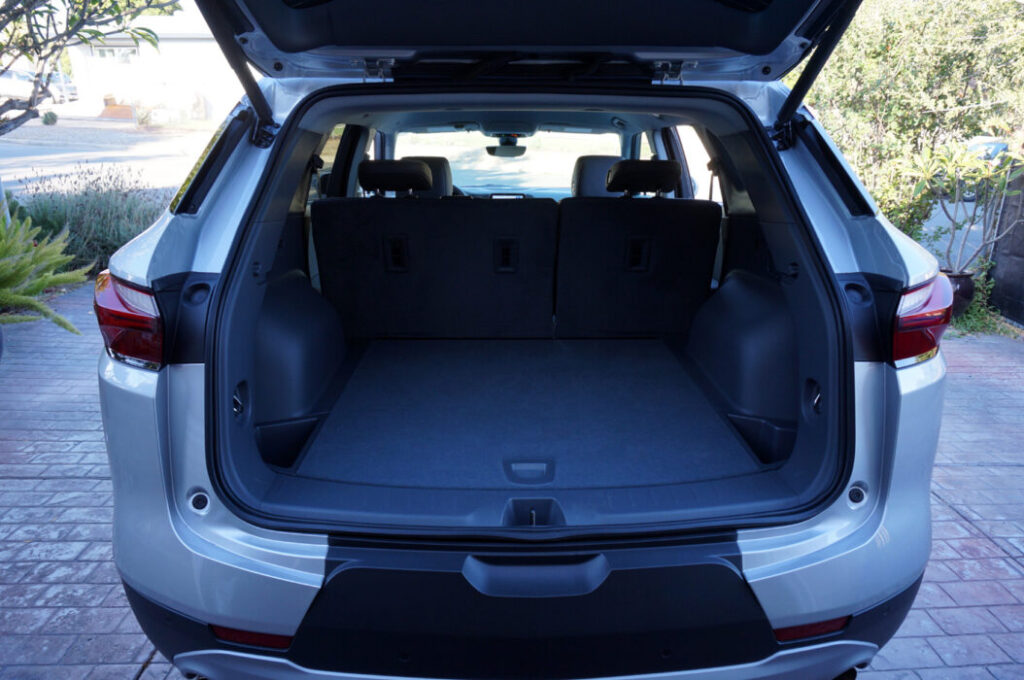
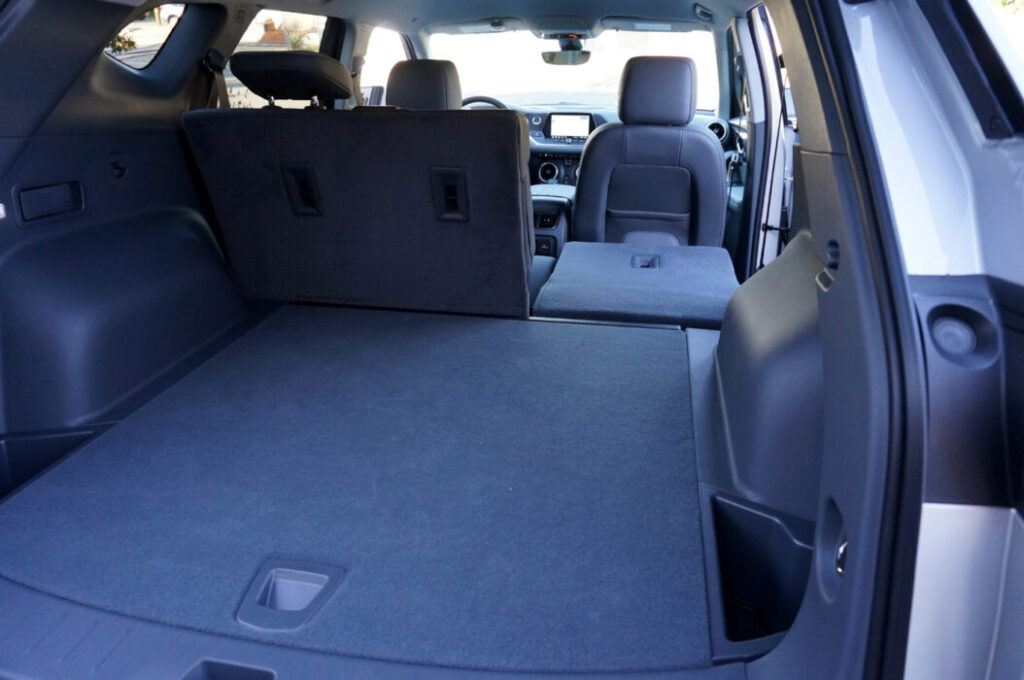
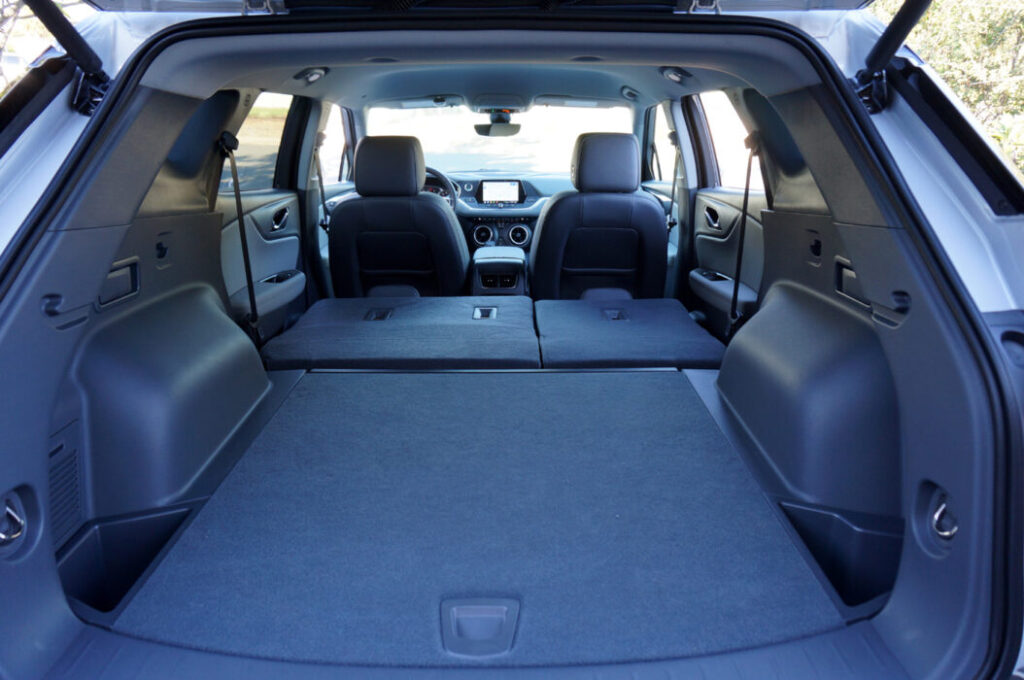
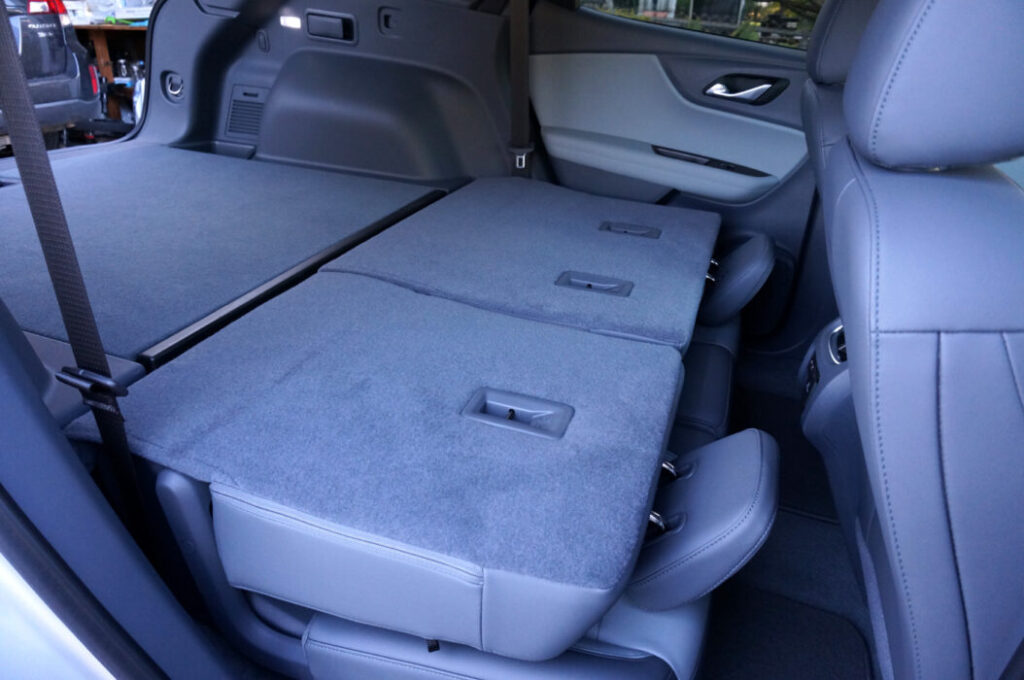
Social Media